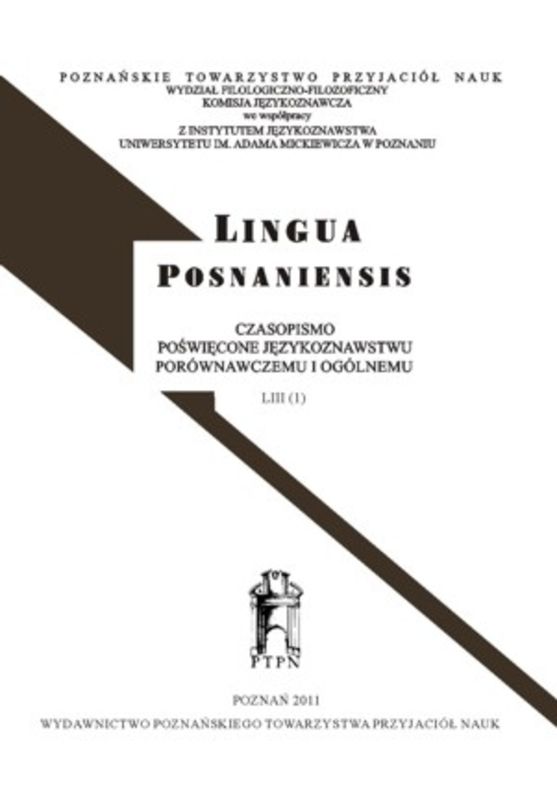Case transmission in Classical Latin control structures: Between syntax and morphology
Case transmission in Classical Latin control structures: Between syntax and morphology
Author(s): Jarosław JakielaszekSubject(s): Morphology, Syntax
Published by: Uniwersytet Adama Mickiewicza
Keywords: minimalist syntax; Latin syntax; Multiple Agree; control; Case;
Summary/Abstract: Latin nonfinite structures with nonovert subjects exhibit puzzling properties with regard to the case- and ϕ-features of their subjects and their relationship to overt NPs in matrix clauses. While the transmission of case- and ϕ-feature related properties is obligatory when there is a nominative or accusative controller NP, it is only ϕ-feature transmission that remains obligatory when there is a dative controller, case transmission being apparently optional. To avoid an assumption of syntactic optionality, accounts of the phenomenon which rely on syntactic mechanisms propose that the apparent optionality reflects a syntactic difference between two types of nonfinite structures. It is instead proposed that mechanisms of linking of objects via Agree and ϕ-feature and case transmission should be assigned to different components of the grammar, syntax and morphology. The hypothesis allows a unified treatment of the syntactic phenomenon of control in Latin.
Journal: Lingua Posnaniensis
- Issue Year: 64/2022
- Issue No: 2
- Page Range: 7-33
- Page Count: 27
- Language: English

